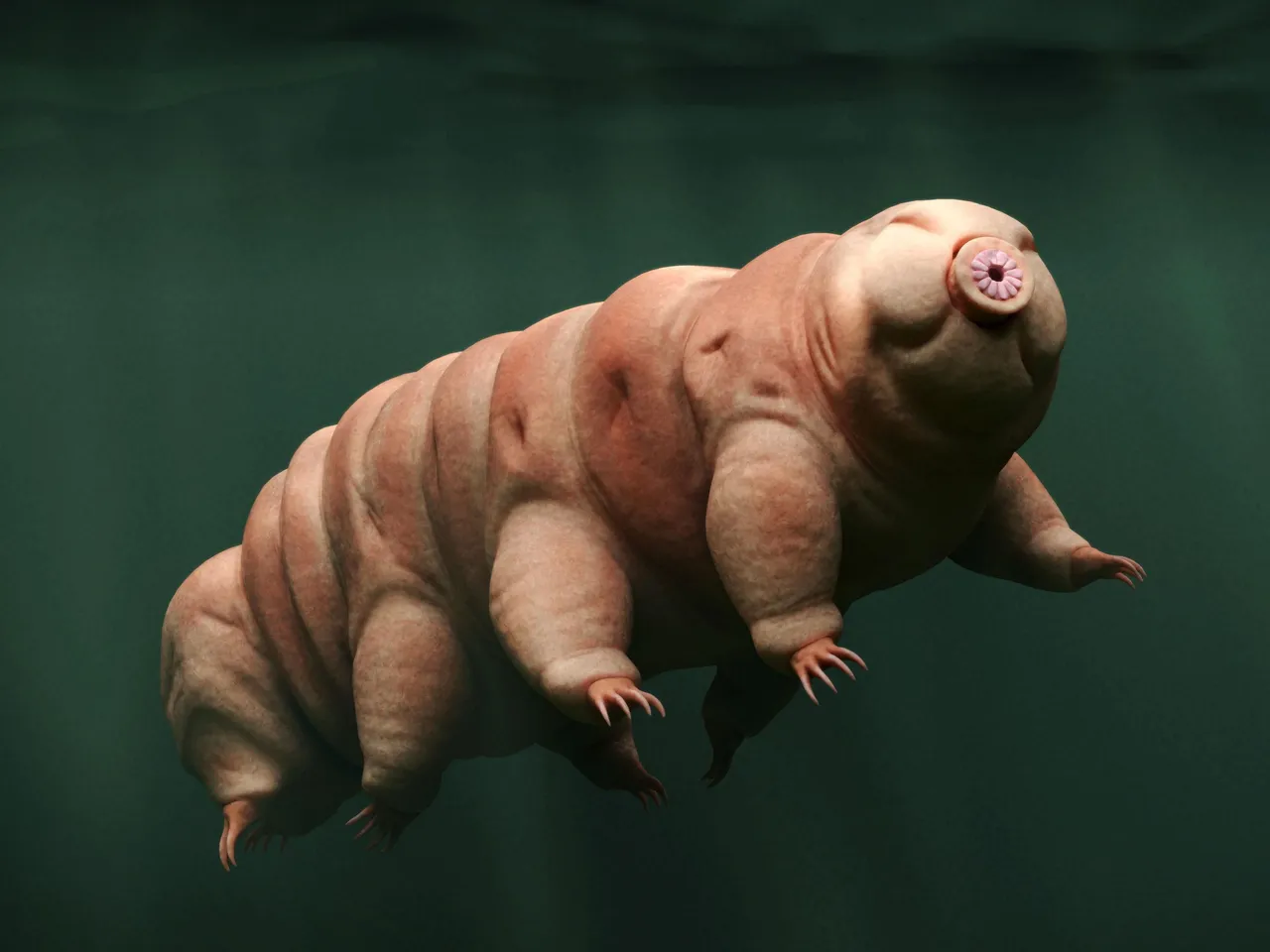Tardigrades are one of the most resilient animals on earth. They can survive extreme conditions, such as exposure to high levels of radiation, extreme temperatures, and even the vacuum of space.
They belong to the phylum Tardigrade.
They are called "water bears" because they are known for being able to live for up to 10 years without food or water by entering a state of cryptobiosis.
Environments where you can find a Tardigrade
Tardigrades are also known as "water bears" due to their bear-like appearance. They are one of the most resilient animals on Earth, capable of withstanding extreme conditions such as extreme cold, high pressure, and lack of oxygen. Tardigrades are found all over the world and can survive in any environment.
Tardigrade Habitat
Tardigrades happen to be one of the most fascinating animals on Earth. They can survive the vacuum of space and live in boiling water. They can be found in places such as Antarctica, deep sea trenches and even in hot springs. The tardigrade is a cosmopolitan animal that lives everywhere on Earth.
Reproductive cycle of a Tardigrade
Since Tardigrades can mostly be found in lakes, ponds, and other freshwater habitats, it is only natural to expect that they reproduce by laying eggs.
Tardigrades are polyextremophiles which enables them to survive in extreme conditions such as intense radiation, pressure, and lack of oxygen. They reproduce by laying eggs which hatch into miniature versions of themselves.

Tardigrades have a unique way of mating called terminal amplexus. The male tardigrade will insert its penis into the female tardigrade's cloaca to deposit sperm packets called spermatophores.


